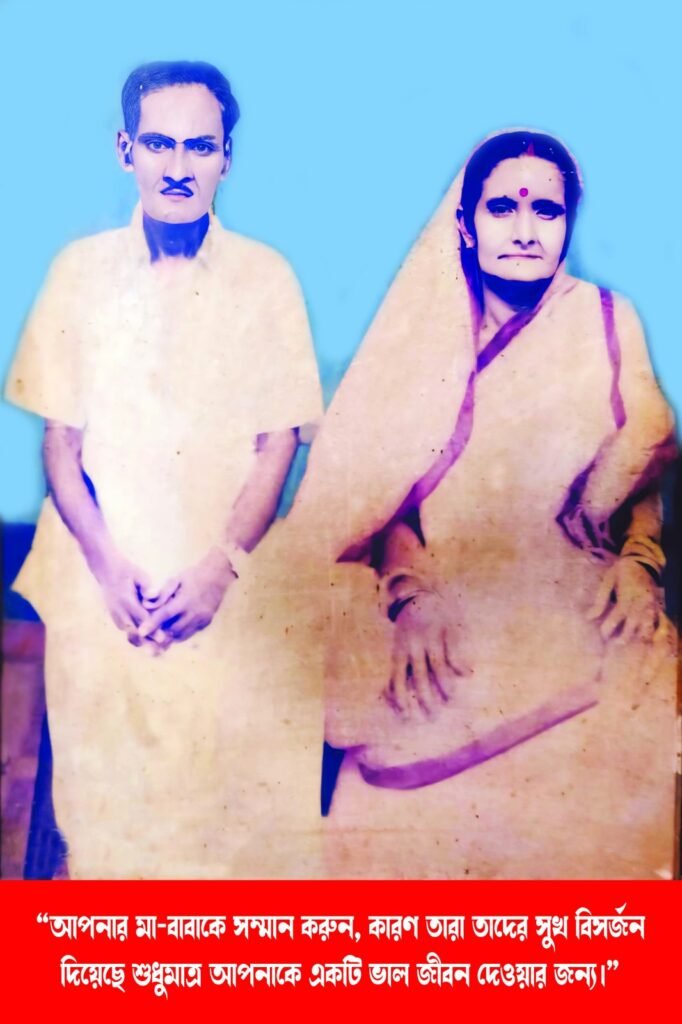
Form and Content in literary criticism: Every phenomenon or things has a certain content and is manifested in a certain form. Content is the totality of the components, processes and properties of a thing. In other words, it is what it consists of. Form is the internal or outward structure of an object or phenomenon, its composition, the way in which its contents exist and a certain organization of its elements, and processes in time and space. For instance, the content of an empty glass vessel is a chemical element of which glass is made. Form is the way in which these elements are bound together and organized. If this vessel is unfolded into a sheet of glass, neither its form nor its content will change. If the vessel is filled with wine, we will have two forms and two types of contents.

Understanding Content and Form
The essence of the law of relationship between content and form is that every process or object is characterized by form and content and that form and content do not exist without each other.
What is Content?
Let us take a building site with all the components of a house, all its “content’ lying about. Can we say that we have a house in front of us? Of course, not. To have a house, it is necessary to put all the components together is that a paper form will take shape.
What is Form?
Neither there be form of a house without walls, windows, doors etc which means that there can be no form without content. At the sametime, the dominant component of the unity of form and content is the latter because it takes shape creating form for itself, while form only expresses content.
The form of democracy in one country or another is determined by the class content of the government If power belongs to the exploiter classes, democracy is bound to be curtailed. The benefits of democracy are enjoyed for the most part by the dominant class and social strata residing with it. In such cases, democracy is basically false and hypocritical. Actual participation of citizens in government, their equality in law, political right and freedom are actually nonexistence.
If power belongs to the working classes, another form of democracy– proletarian, socialist democracy emerges. In this care all the strata of the working people that were formerly oppressed and kept away from a political government become actively involved in the administration of the state affairs and in political and economic activity. Original social processes in the developing countries have given rise to a new form of democracy – people’s democracy and to democratic republics, which are characterized between the proletariat and its party on the one hand and non-proletarian, petti-bourgeois parties and political groupings on the other hand. The form of this kind of government is a democratic republic which is restructuring on a progressive and democratic basis the state machinery it has inherited from the feudal and tribal or bourgeois and comprador regime in order to make it serve the working people.
However, while being dependent on content, expression form is an active aspect a phenomenon or a process and therefore itself affects content. The effect can be dual. Form facilitates the development of content if it corresponds to it. The new form of government in the liberated countries undoubtedly contributes to a more rapid growth of all economic and social relations in these countries. On the other hand, form hampers development if it is absent and does not correspond to content. The old regimes connected with the imperialist forces were the main brake on the development of the emergent countries. The old form has to be replaced by a new one to overcome stagnation and ensure further development. This is precisely what is taking place in those countries where democratic or proletarian revolutions have taken place.
The relative dependence of form and content is also manifested in the fact that old content may assume new form or that old form can hold new content. This situation is exemplified, in particular, by the present state of social relations in certain newly free countries. The new form of government incorporates elements of old content,survival of old forms of relation between classes. At the same time, new content, a new political alliance of different classes, strata and groups is developing not only in a new form, say, new statehood, but also side by side with components of the old state machinery in this new state.
The leading aspect in this relationship is nevertheless content. It is not form that is important in itself but the content held by it. The main aspect of this policy of any form of government is the extent to which this policy represents the interest of the people. That is why the importance of form should not be exaggerated. Formalism in the work of official, isolation of form from content, exaggeration of the role played by form in development and under estimation of the significance of content are at odds with science and harm development.
The dialectics of form and content, particularly in social life is very specific. Form and content are antagonistic in exploiting societies. The forms of government in them never make enough room for the development of content. On the contrary, in socialist society contradiction between form and content are non-antagonistic.




